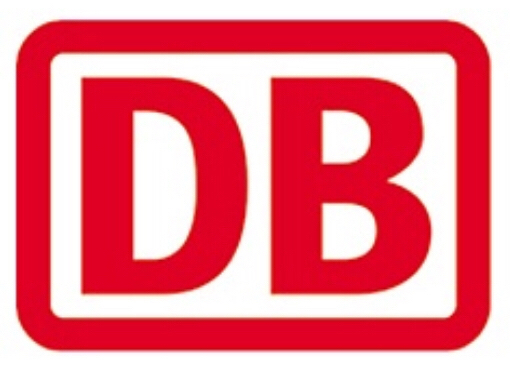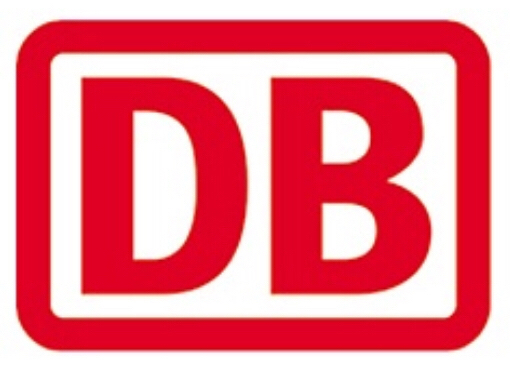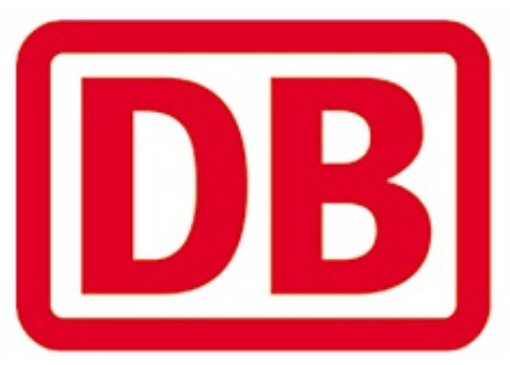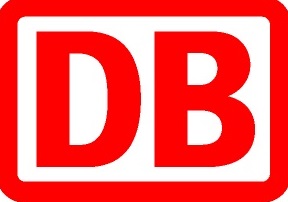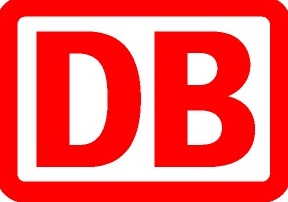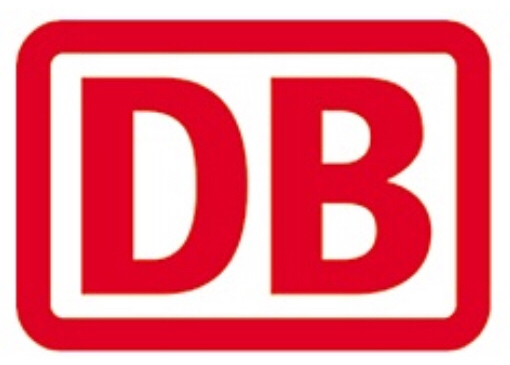Title Page
-
Document No.
-
Facility
-
Area
- Aberdeen
- Basildon
- Bournemouth
- Bristol
- Cork
- Dublin
- Felixstowe
- Heathrow - ground floor
- Heathrow - first floor
- Heathrow - second floor
- Heathrow - logistics
- Heathrow - perishables
- Heathrow - air warehouse
- Heston LDC
- Glasgow
- Manchester
- Nuneaton - Air/Ocean
- Nuneaton - Redhead
- Nuneaton - Alps
- Nuneaton - Siemens
- Nuneaton - facility
- Tamworth - ITW
- Tamworth - Canon
- Tamworth - Joseph Joseph
- Tamworth - facility
- Shannon
-
Conducted on
-
Location
-
Completed by
Information for Employees
-
Is the QSHE rep information available?
-
Is the QSHE policy on display?
-
Is the HSE (HSA) poster on display and contact details current?
-
Is the latest QSHE Newsletter on display?
-
Are the H&S statistics for the facility on display?
-
Are the safety posters adequate for the hazards in the facility?
Information For Visitors
-
Is the visitors leaflet current and available?
-
Is there adequate footwear and hi-vis available for visitors?
-
Are the site safety requirements displayed?
-
Contractors on site have had a safety induction
-
Contractors have been issued with a Permit to Work (for electrical,work at height and hot work)
General office observations
-
Floor quality is adequate? (No loose tiles, holes or uneven surfaces)
-
Are cables managed adequately?
-
Is office lighting is adequate and glare from windows managed?
-
Can the office temperature be moderated?
-
Are personal belongings stored adequately? (Coats on hooks, bags in drawers etc)
-
Are work stations clear and organised?
-
Have employees completed DSE assessments?
-
Is there adequate storage for office supplies?
-
Employees witnessed holding handrails when using stairs
-
Is waste is segregated and disposed of properly?
-
Is the office a food free area?
-
Are breakout areas being utilised?
General Warehouse Observations
-
Every employee working in the warehouse wears safety shoes and hi-vis.
-
All personnel have ID on display (visitors and employees)
-
Tools are being used and stored (on shadow boards) correctly
-
Pedestrian pathway used when possible
-
Pedestrians make eye contact with Powered Industrial Truck driver
-
Materials/ products are being handled and lifted safely
-
Operators are wearing hand protection whilst handling pallets, boxes, open blades etc
-
All employees are aware of their responsibility to act accordingly.
-
Are forklift operators following safety rules while operating forklifts (honking horns, obeying signs, etc.)
-
Forklift safety belts are being worn
-
Forklifts are being operated at a safe speed (7kmph limit) and in a controlled manner
-
Is Equipment stored in suitable locations
-
Is equipment being used properly, (i.e. pallet jacks, hand trucks)
Emergency Preparedness
-
Emergency evacuation plan is available and displayed throughout the building
-
Images of First Aid trained personnel and Fire Wardens are displayed
-
Chemical/ dangerous goods storage areas identified and monitored
-
Covers are locked over junction boxes and electrical boards
-
Electrical panels have 3 ft. Clearance
-
Emergency exit signs marked and illuminated
-
Emergency lighting is checked
-
First aid kits and Defibrillators (where available) labelled and shielded
-
Eye wash stations clear of obstruction and current (check date)
-
Exits are clear and operational
-
Fire extinguishers (150 ft. a part) (within inspection date?)
-
Fire extinguishers have 3 ft. clearance
-
No accumulation of flammable material
-
Cables and wires are managed and controlled
-
PAT testing is current and up to date
Racking and Pallets
-
Racking safe working loads displayed on aisle ends
-
Aisles do not have vehicles and pedestrians working in then simultaneously
-
All products on racks are squared and loaded on the beams correctly
-
Pallets shrink wrapped on racking above head height
-
Pallets are stacked no more than 9 high (or 11 high if using fork truck)
-
Pallets are stored in designated areas
Equipment
-
Fixed ladders have controlled access
-
Ladders stored properly (Ladder on maintenance programme/ inspection is within date on tag?)
-
Are pallet jacks stored with forks into loaded pallets?
-
Battery charging area clear of material (no storage of any material, pallets, etc.)
-
FLT and PPT check sheets completed daily
-
FLT and PPT check sheets reviewed by management regularly
-
Barriers are used to isolate pedestrians/ operators from moving equipment (or moving parts)
-
Equipment has dedicated and labelled storage areas
Docks and Dock Levellers
-
Dock gateways kept clear during loading and unloading
-
Dock levellers used properly by employees
-
Dock lights are being used
-
Rubber cushions and buffers on dock are in a suitable condition
-
Truck/trailer floors inspected before entering
-
Dock plates are in good condition and stored in a secure position
-
Service labels and checks for roller doors and dock levellers are completed
-
Dock areas have guardrails and chains / barriers are in place when dock is not in use
-
Road/Dock Markings are clearly visible
External (Yard)
-
Smoking area is being used and kept clean
-
Waste is segregated properly
-
Floor is clear with no rubbish
-
Pallets and packaging materials are stored suitably
-
Are drivers in the service yard area wearing safety footwear and Hi-Vis?
-
Have drivers exited the cab of vehicle while the vehicle is being loaded/unloaded?
-
Are drivers in the service yard using stairs/ramps and not climbing on/off dock?
-
Verify vehicles being loaded/ unloaded are chocked, keys are removed from the ignition and breaks engaged
-
Vehicles operating at suitable speeds (7kmph)
-
Reversing vehicles are guided into position by a reversing assistant/ Banksman
-
Lighting is adequate at night
-
Traffic control is suitable
-
Pedestrians are isolated from vehicle operations
External (Car Parks)
-
Cars operating at suitable speeds (10mph)
-
Cars are reversed into parking spaces
-
Visitors & disabled spaces are designated
-
Floor is clear with no rubbish
Incident reporting
-
Last potential incident reported on QSHE Share point site (UK only)
-
Last accident reported on QSHE Sharepoint site (UK) or to HR (IRE)
-
Add signature
